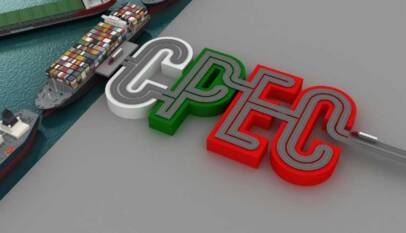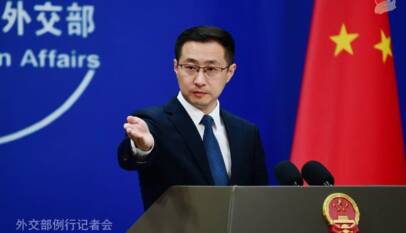Government to fund Sukkur-Hyderabad Motorway under CPEC
ISLAMABAD: The government on Wednesday agreed to bridge the funding gap of an estimated Rs175 billion worth of Sukkur-Hyderabad motorway project ensilaged under public-private partnership mode.
Public Private Partnership Authority (PPPA) took the decision during a meeting presided over by Minister for Planning, Development and Special Initiatives Asad Umar.
“We authorised the viability gap fund and transaction structure for the Sukkur-Hyderabad motorway project,” Umar wrote on Twitter.
Sukkur-Hyderabad Motorway (M-6), , a critical component of China-funded economic corridor, is expected to be 306 kilometers long, six-lane wide, access-controlled motorway, which starts from the end of M-9 that connects Hyderabad to Karachi via the 136km long 6-lane motorway and ends at the beginning of 392km long and 6-lane Sukkur-Multan Motorway (M-5).
M-6 proposed alignment passes through Jamshoro, Tando Adam, Hala, Shahdadpur, Nawabshah, Moro, Dadu, Naushehro Feroze, Mehrabpur, Rasoolpur, Larkana, Khairpur, and Sukkur.
“This motorway will be the biggest project in the Sindh development package announced by the PM last week,” Umar said.
Facing inordinate delays for last four years, the motorway project regained attention of the PTI-led government under immense pressure from opposition parties underpinned by missing trickle-down effects of improving macroeconomic indicators.
The State Bank of Pakistan (SBP) revised up growth forecast for next fiscal year due to growth momentum in manufacturing and improved foreign exchange inflows.
“While still modest, at around 3 percent, growth in FY21 is now projected to be higher than previously anticipated due to improved prospects for manufacturing and reflecting in part the monetary and fiscal stimulus provided during Covid,” the SBP said last month.
For Sukkur-Hyderabad motorway, the government invited expression of interests related to pre-qualification of firms back in October 2016. The National Highway Authority (NHA) bid opening/evaluation committee opened technical proposals in February 2017. Financial proposals of all the three bidders were opened in the following month, and scheduled completion of the project in three years at a cost of Rs175 billion.
NHA was seeking the government finances to bridge the funding gap as there was a poor response from the private sector because of the cost involved.
The Executive Committee of the National Economic Council approved the project at a cost of Rs 175 billion.
With a heavy profile of road and power sector infrastructure built since 2013, China-Pakistan Economic Corridor (CPEC) is struggling to move into the envisaged second phase of agriculture and industrial cooperation.
Under the CPEC framework, nine economic zones dedicated to industrial development with incentives were to be set up. Tax exemptions for expatriates till 2040 were proposed as incentive to attract investments in SEZs. Initially, 27 zones were expected to be set up. The number was now reduced to nine.
The $60 billion CPEC kick-started with main focus on construction of roads and motorways and power plants to ensure energy security in the wake of massive power shortfall.
Within a last couple of years, a series of power projects transformed the country into energy-surplus destination from the power-deficient one. CPEC framework envisaged 10,000 megawatts of production capacity.
CPEC’s Success Story: $25 Billion Invested Across 38 Completed Projects
ISLAMABAD: A total of 38 projects worth over $25 billion have been completed and 23 develo…













